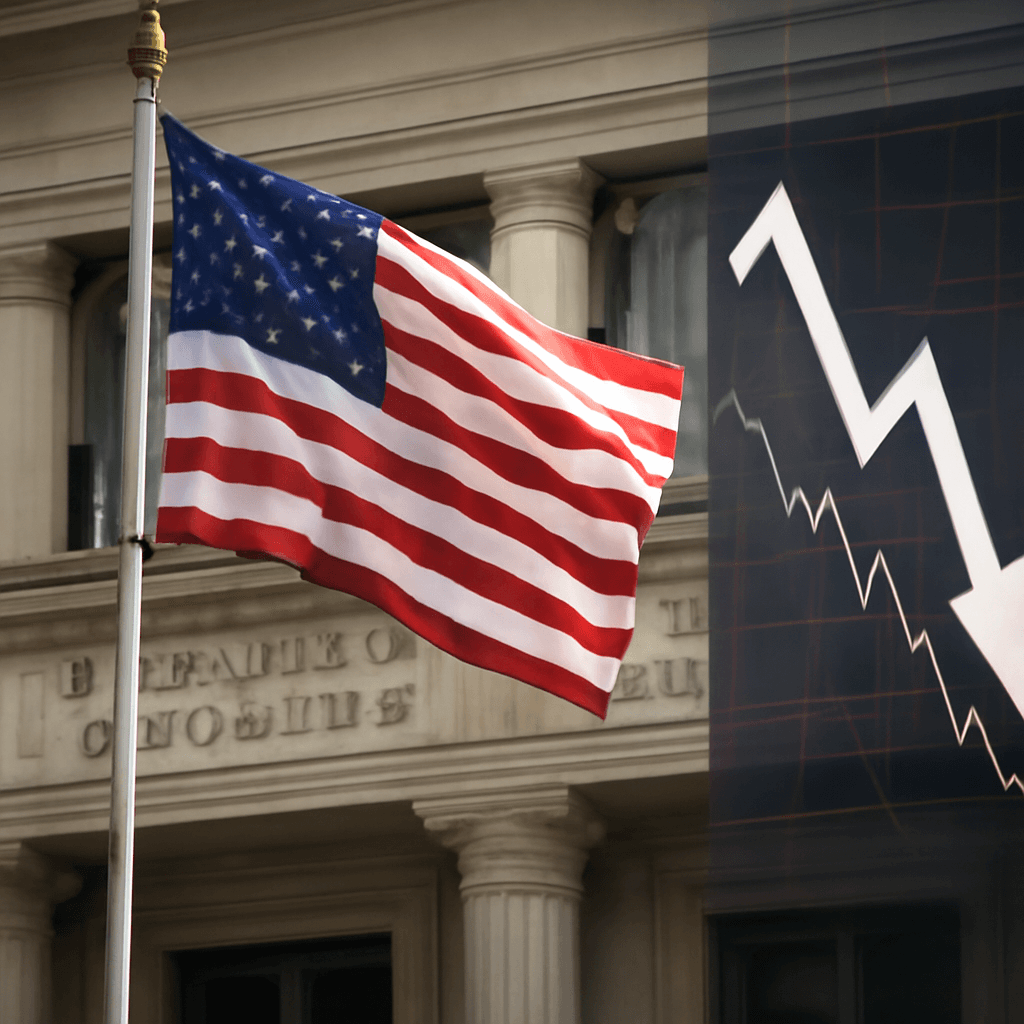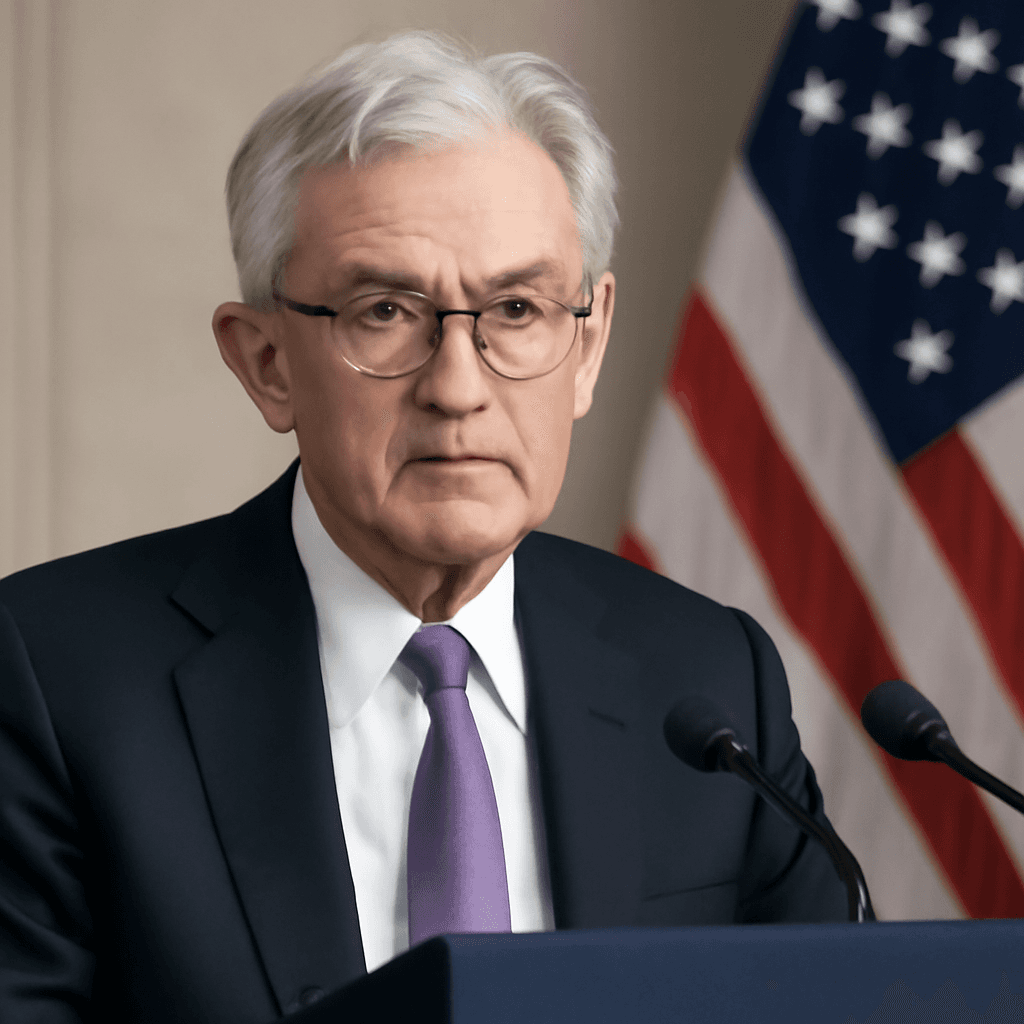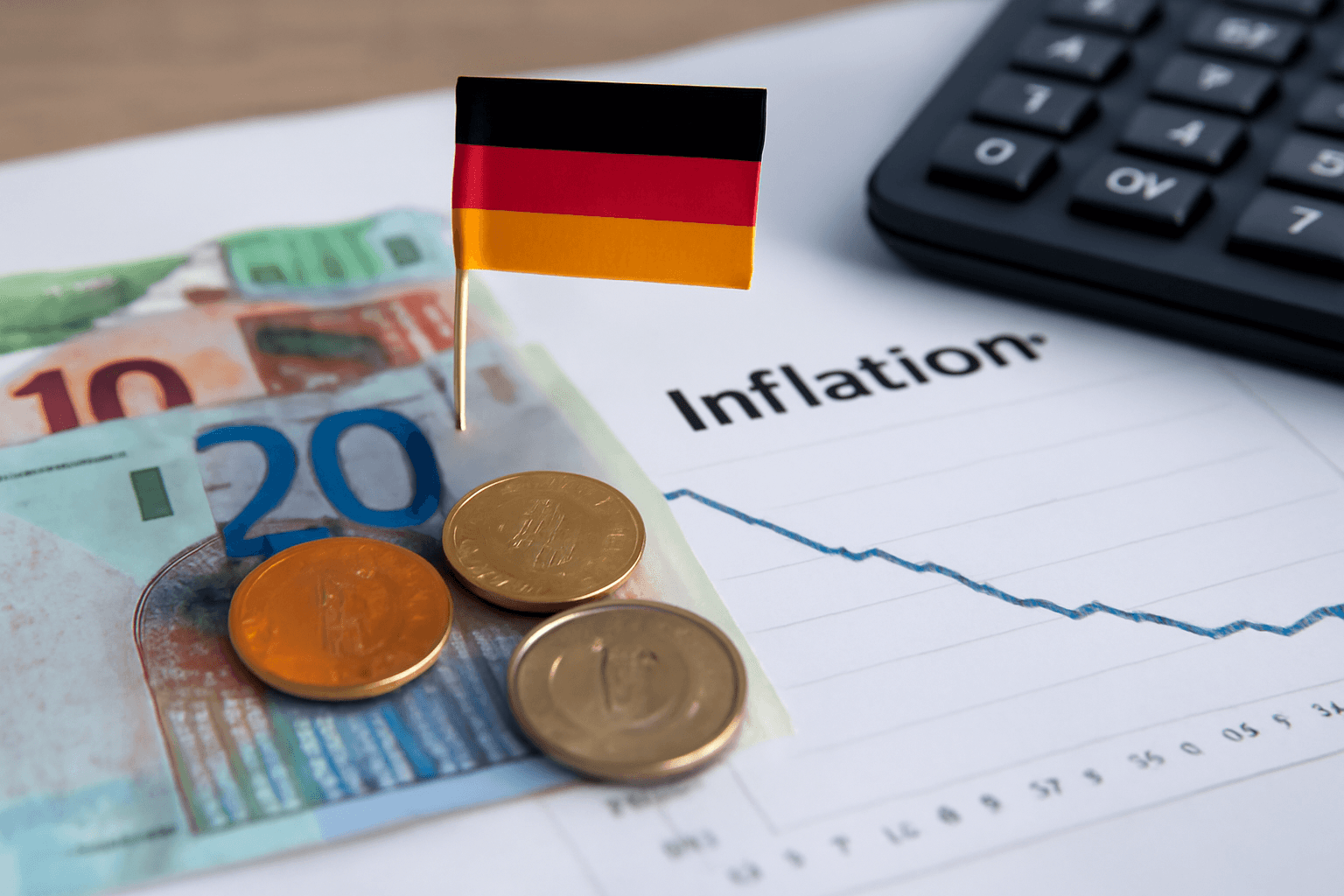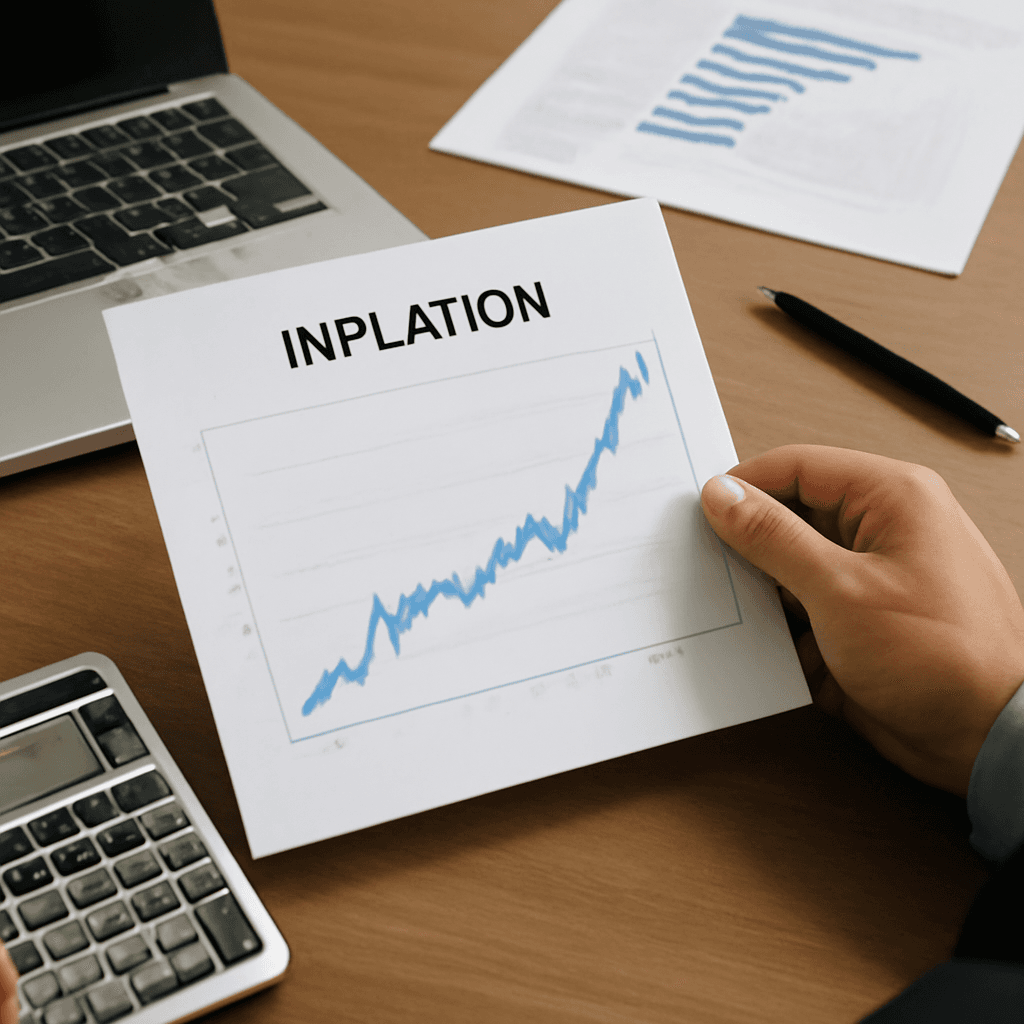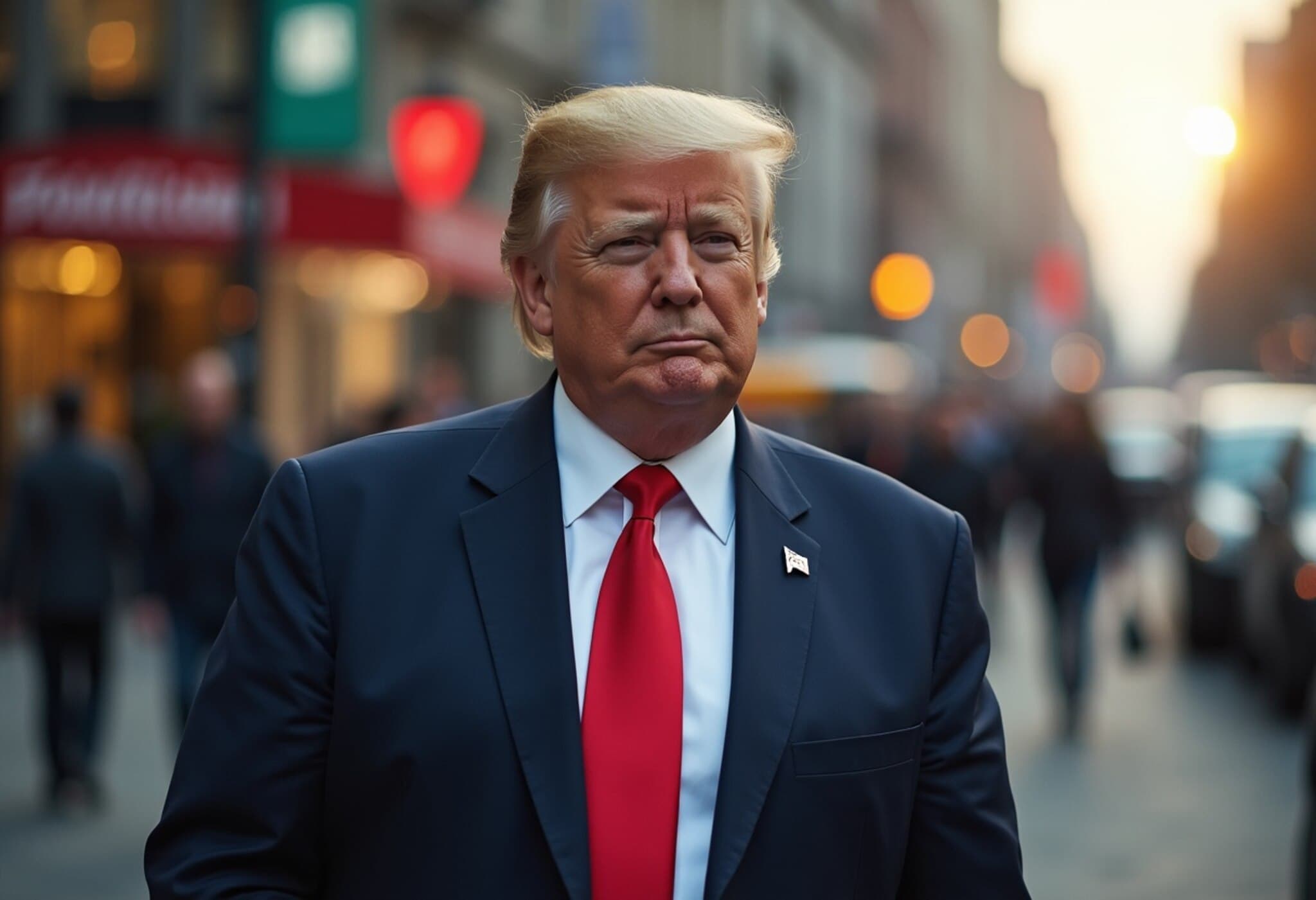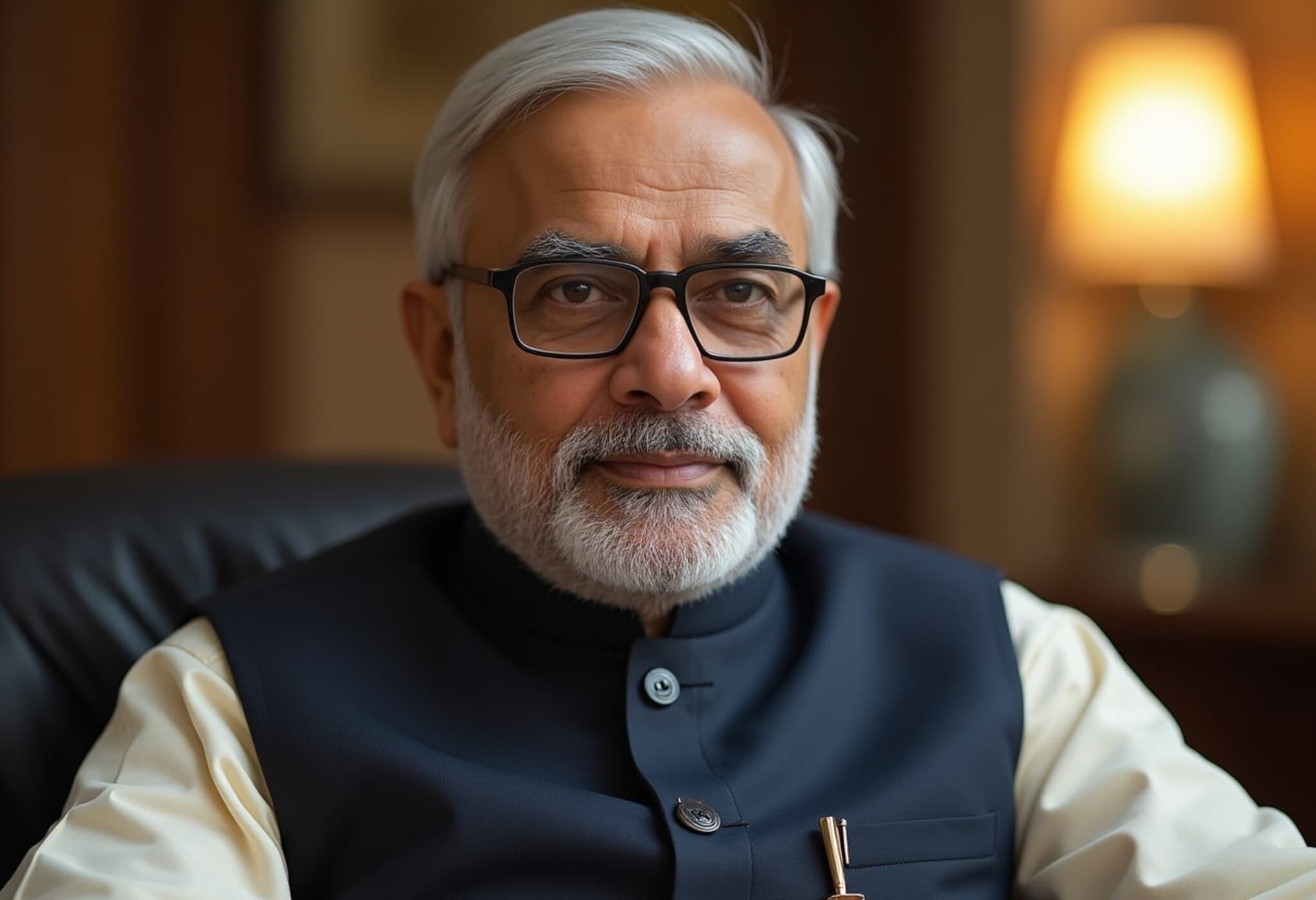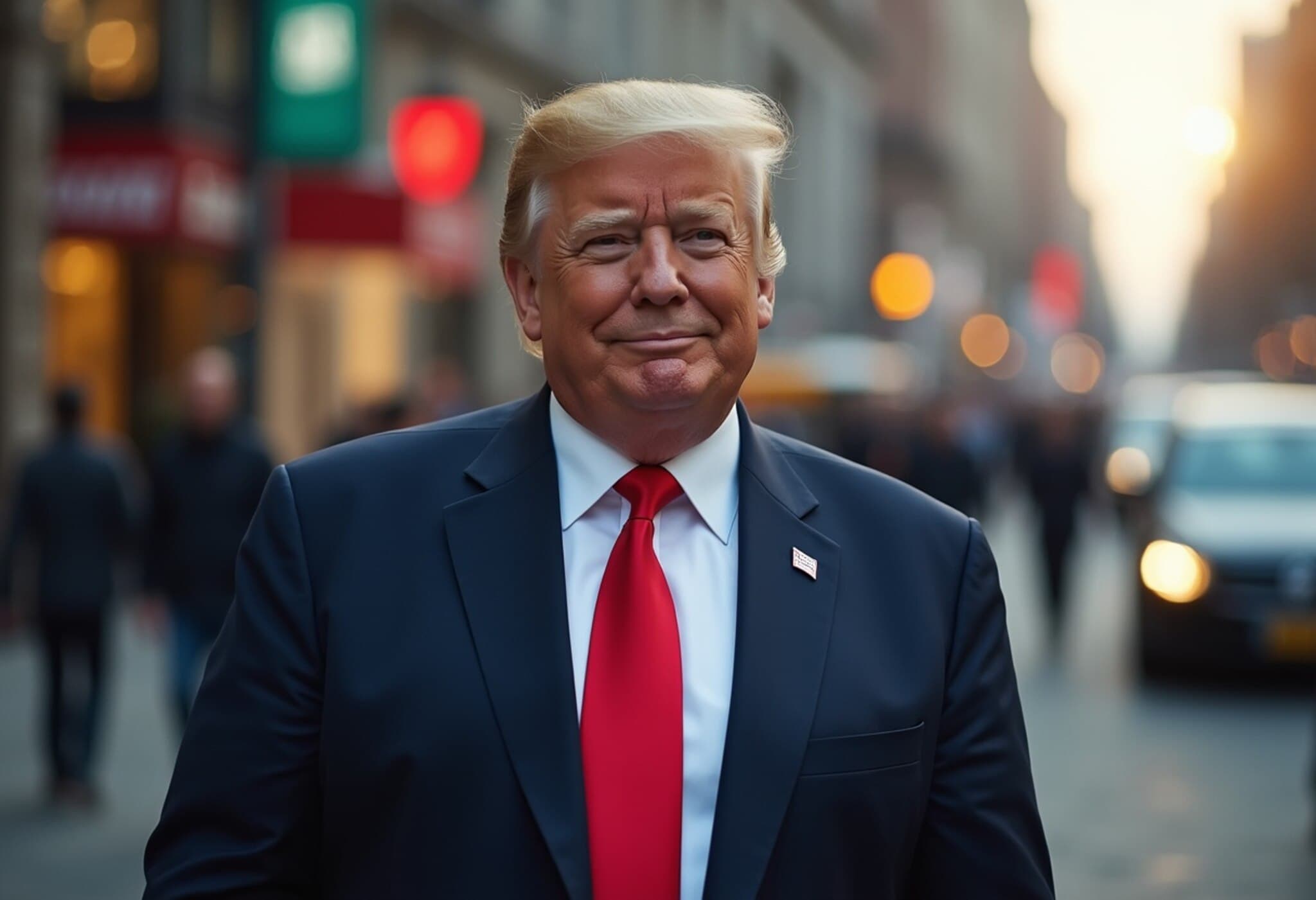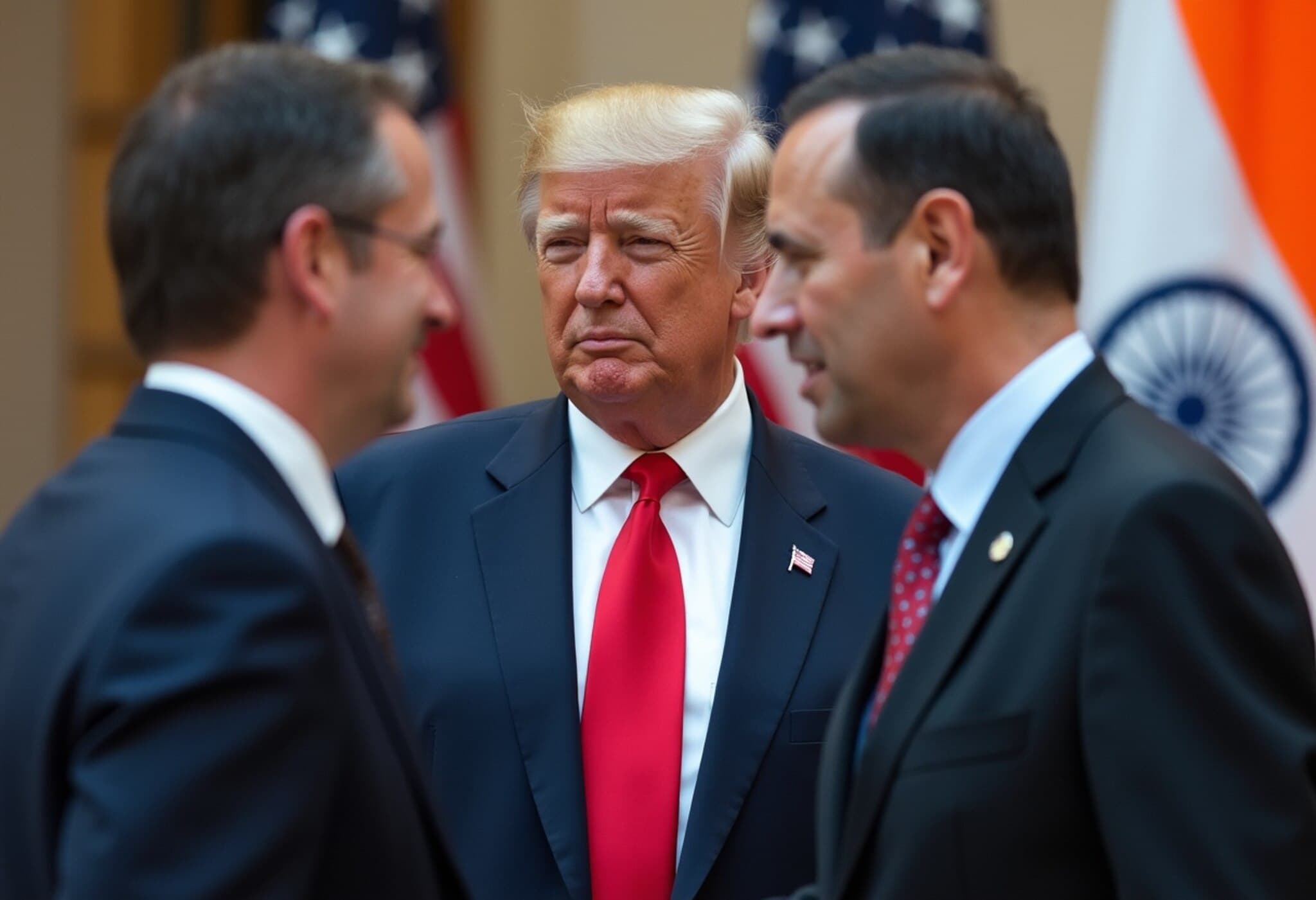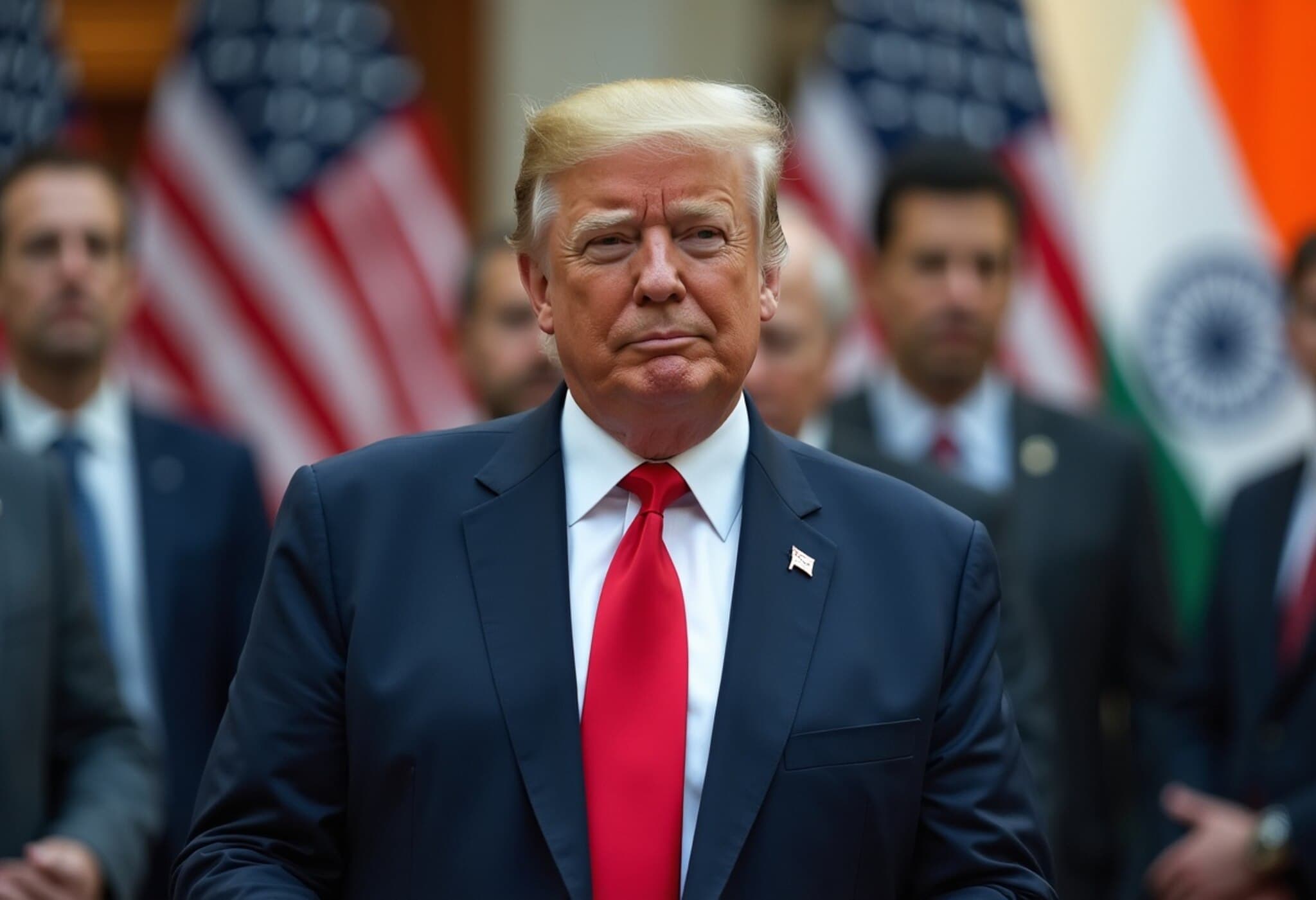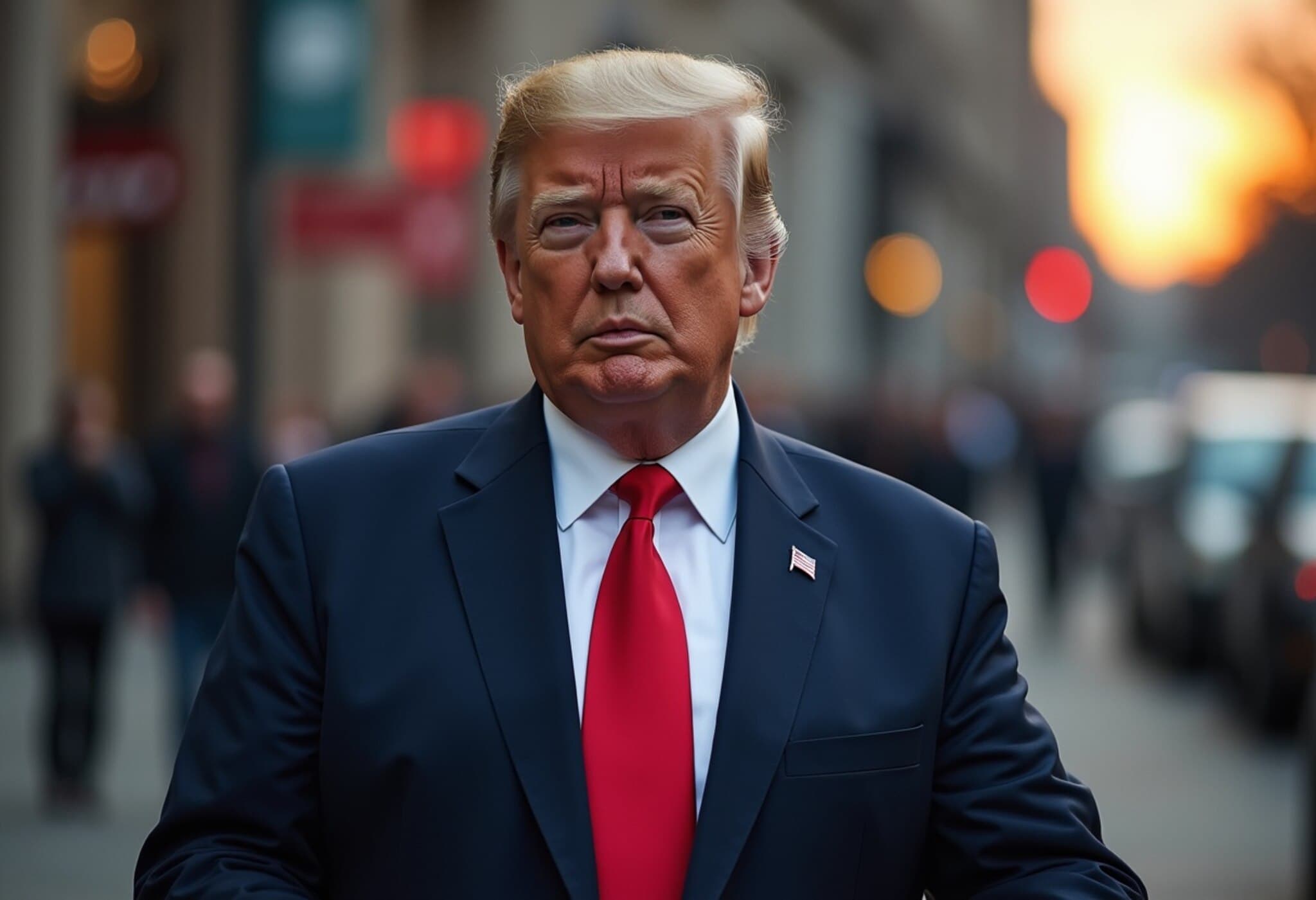India’s Inflation Continues Steady Decline to 2.1% in June
India’s consumer inflation rate slipped further in June, reaching an unexpectedly low 2.1%, according to fresh government data released on July 14, 2025. This marks the eighth consecutive month of falling inflation and extends the slide to levels not seen since 2019. Economists surveyed by Reuters had anticipated a slightly higher inflation figure of 2.5%, underscoring the unexpected softness in price pressures.
Food Prices Lead the Downturn
A crucial factor behind the easing inflation is the continued decline in food prices, with food inflation plummeting to -1.06% in June from 0.99% in May. Robust wheat production and an abundant harvest of pulses during the spring crop season are key contributors to this trend. Reserve Bank of India (RBI) Governor Sanjay Malhotra noted that these agricultural gains are expected to sustain adequate food supply and help keep food inflation subdued.
Monetary Policy Flexibility Amid Cooling Inflation
The persistent drop in consumer price inflation provides the RBI with increased latitude to maintain or deepen its accommodative monetary policy stance. In May, the central bank surprised markets by delivering a substantial 50 basis points cut in interest rates, aiming to stimulate growth without stoking inflation.
HSBC economists weigh in, projecting inflation to average around 2.5% over the next six months, citing the combination of strong cereal output and a favorable weather season. They further note that a healthy monsoon will support rural incomes, particularly benefiting the informal sector and boosting purchasing power — a vital engine for sustained domestic consumption.
Strong Economic Growth Buoys Optimism
This encouraging inflation backdrop complements India’s robust economic performance. The country’s gross domestic product (GDP) expanded by a surprisingly strong 7.4% in the quarter ended March 2025, outpacing expectations and reinforcing India’s position as one of the fastest-growing major economies globally.
The Shadow of Trade Tensions
Despite the positive domestic indicators, India faces external headwinds, particularly from lingering trade frictions with the United States. Negotiations remain tense ahead of the August 1 deadline imposed by the Trump administration for a new trade agreement. Failure to reach a deal could trigger US-imposed tariffs of up to 26% on Indian imports, particularly impacting automobile and auto parts exports worth nearly $2.9 billion.
Last week, the prospect of diplomatic engagement arose as a trade delegation was slated to travel to Washington amid renewed tariff threats. Meanwhile, India has escalated complaints to the World Trade Organization, challenging the US’s tariff policies as detrimental to its exports.
Expert Insight: What Lies Ahead?
From a policy perspective, India's central bank and government must carefully balance the benefits of easing inflation against emerging risks. The favorable crop yields and monsoon rains are positive short-term factors, but climate variability could quickly upset this delicate balance. Moreover, external pressures from global trade disputes, particularly tariff threats from the US, introduce uncertainty for exporters and could dampen growth trajectories.
For the average Indian consumer, particularly those in the informal sector reliant on agricultural incomes, this period of low inflation combined with wage growth presents a rare opportunity to increase real purchasing power. However, continued vigilance is essential to ensure these gains are not eroded by policy shocks or external economic disruptions.
Summary: Key Takeaways
- India’s inflation has fallen to a six-year low of 2.1% in June, primarily aided by declining food prices.
- The Reserve Bank of India is likely to maintain accommodative monetary policy, supported by these inflation trends.
- Strong economic growth of 7.4% signals robust domestic demand.
- Trade tensions with the US pose risks, with potential import tariffs looming after August 1.
- Weather-dependent agriculture remains critical for sustaining low food inflation and supporting rural incomes.
Editor’s Note
India’s latest inflation data paints a promising picture for the country’s economic trajectory, providing breathing space for monetary easing and fueling faster growth. Yet, the interplay of climate variability, global trade disputes, and domestic demand raises important questions about the sustainability of these gains. Policymakers and investors alike should monitor how these multifaceted dynamics evolve over the coming months, especially as India seeks to balance growth aspirations with inflation control in an increasingly complex global environment.


